Disney, a company with a century-long legacy, has continuously adapted and thrived through changes in leadership and shifting eras. What are the secrets behind its success?
Founder Walt Disney's unwavering commitment to his creations, meticulous attention to detail, and visionary approach to business operations have been pivotal. Former Disney CEO Bob Iger exhibited high intelligence and emotional intelligence in corporate governance. He understood the essence of Disney and adeptly utilized talent. In these individuals, we see the past and future of Disney.
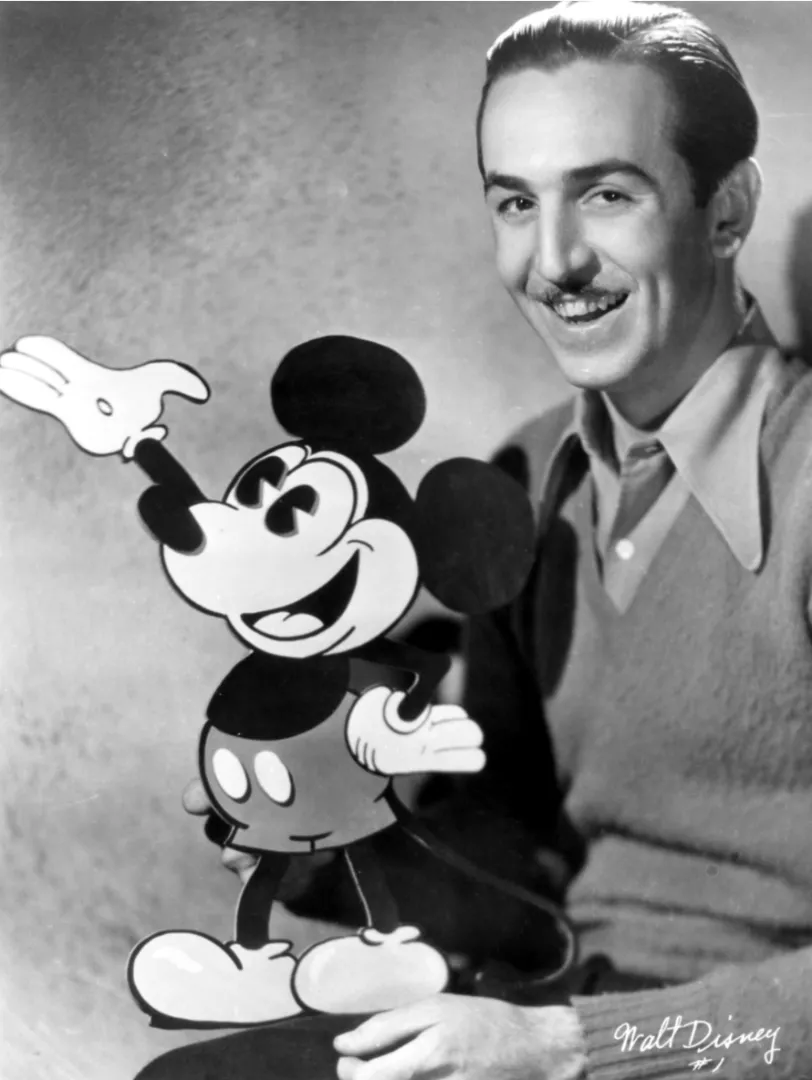
Disney's growth trajectory has always revolved around intellectual property (IP), extending to create a comprehensive industry ecosystem encompassing film and entertainment, theme parks, merchandise retail, cable television, and streaming services. Disney's ability to adapt to changing distribution channels, stay attuned to user preferences, and embrace technological advancements has enabled the company to lead innovation. From creating content to managing distribution channels and developing derivative businesses, Disney has built an all-encompassing entertainment ecosystem rooted in its iconic IPs.
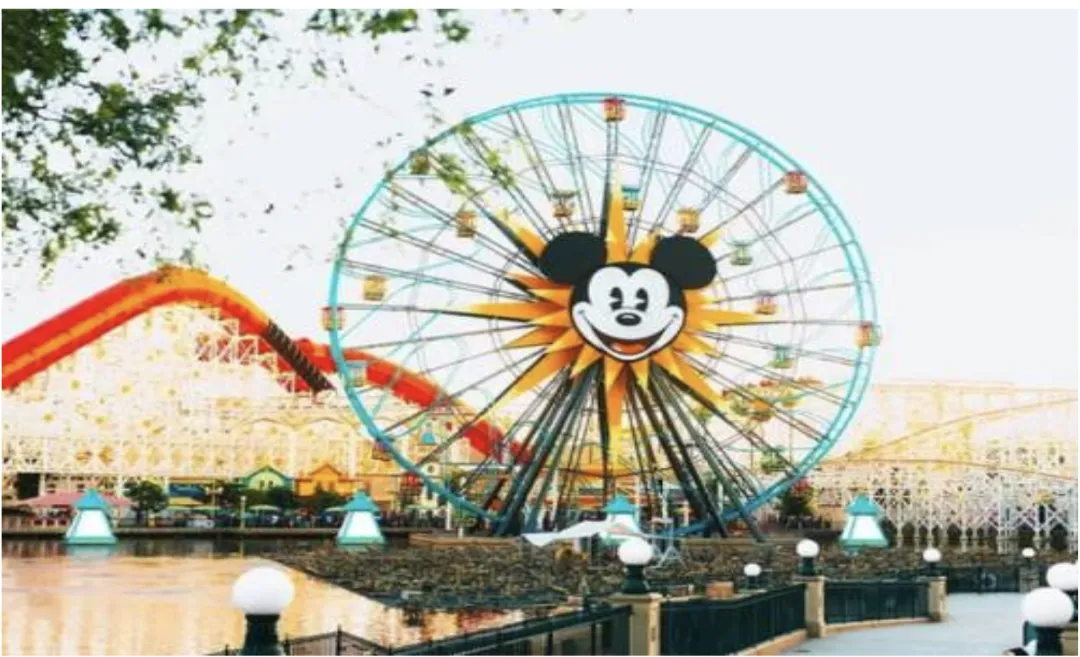
As Walt Disney traveled to Hollywood, he may have regretted missed opportunities. If he had prioritized IP ownership earlier, the valuable IPs created through tireless efforts might not have ended up in the hands of distributors he deeply resented. However, actions were taken, and Walt collaborated with his partner, Ub Iwerks, to create a new animated character to "reclaim" what was lost. During the creative process, Ub noticed a common trait in contemporary cartoons: characters had round heads, allowing for versatile and expressive movements, whether it is a rabbit or a cat. This observation gave birth to the beloved character Mickey Mouse.
With Mickey Mouse's debut, Walt's entrepreneurial journey gained momentum, and his exceptional innovation became evident. While most companies focused on producing silent animated films, Walt broke new ground by introducing sound in the cartoon "Steamboat Willie," catapulting Mickey Mouse to fame. Subsequently, Walt embarked on a series of successful films such as "Plane Crazy" and "The Gallopin' Gaucho."
Speaking of Walt's innovative use of sound in "Steamboat Willie," we must acknowledge another groundbreaking innovation. At the time, people believed no one would sit through an 80-minute animated film. However, Walt defied conventions by investing millions to create the first-ever feature-length animated film, "Snow White and the Seven Dwarfs." This high-investment, high-cost endeavor paid off, earning $184 million at the box office, equivalent to over $900 million today. The film also received a unique Oscar.
From that point on, Disney's reputation in Hollywood soared.
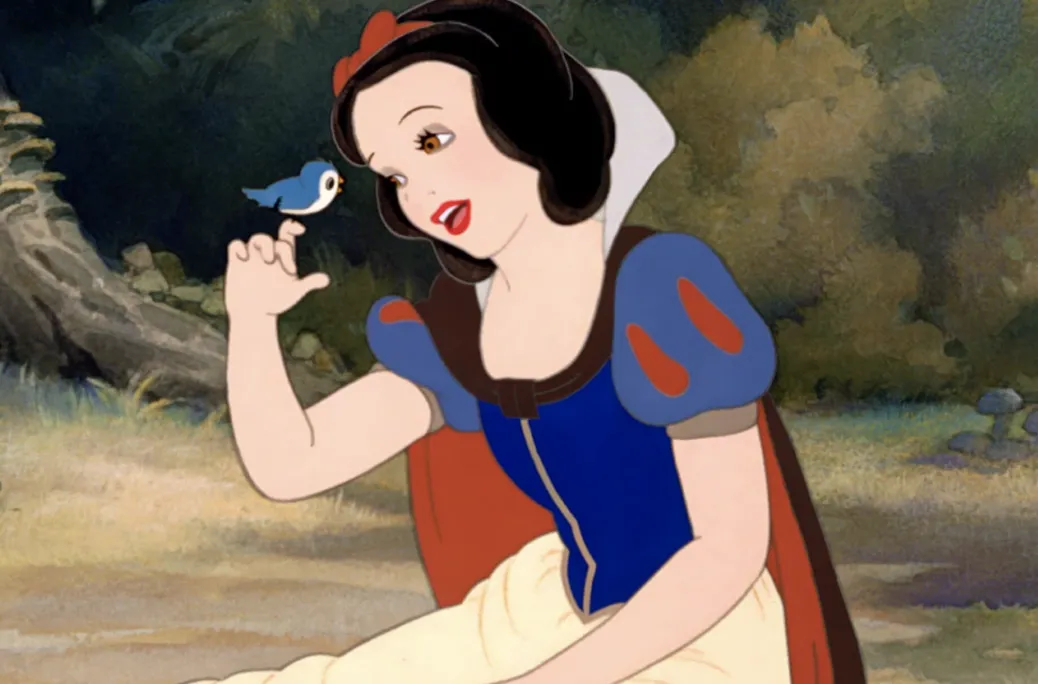
Disney's relentless pursuit of excellence in animation and creating vivid, engaging characters brought joy to the American people during the Great Depression. Disney's mission was to spread happiness, seizing the opportunity to brighten the spirits of those living through dark times and adding a touch of optimism to the gloomy U.S. economy. During that period, Disney continued to produce high-quality films such as "The Silly Symphony," "The Three Little Pigs," and "The Wise Little Hen." After the resounding success of "Snow White and the Seven Dwarfs," Disney's strategy for major films took flight.
Today, Disney's strategy for major films continues. In 2016, Disney's film division produced over a dozen movies that earned $7.6 billion worldwide, far surpassing other companies. Unlike major Hollywood studios that release over 20 films annually, Disney believes in producing just a dozen significant productions, each with a budget of $200 million or more, designed to captivate a diverse global audience. During that economic downturn, the American entertainment giant Disney enjoyed rapid growth. It allowed disheartened Americans to sit in theaters and enjoy long hours of entertainment for just 10 cents. While Disney’s era had unique circumstances for creating and distributing joy, every generation has distinctive characteristics. In times of conflict, people yearned for fun to soothe their spirits, bring hope, light up their lives, and Disney is the master of creating joy. The supply met the demand. But what about the success of “Frozen”? It emerged in a different era; it was a new character crafted by this century-old company.
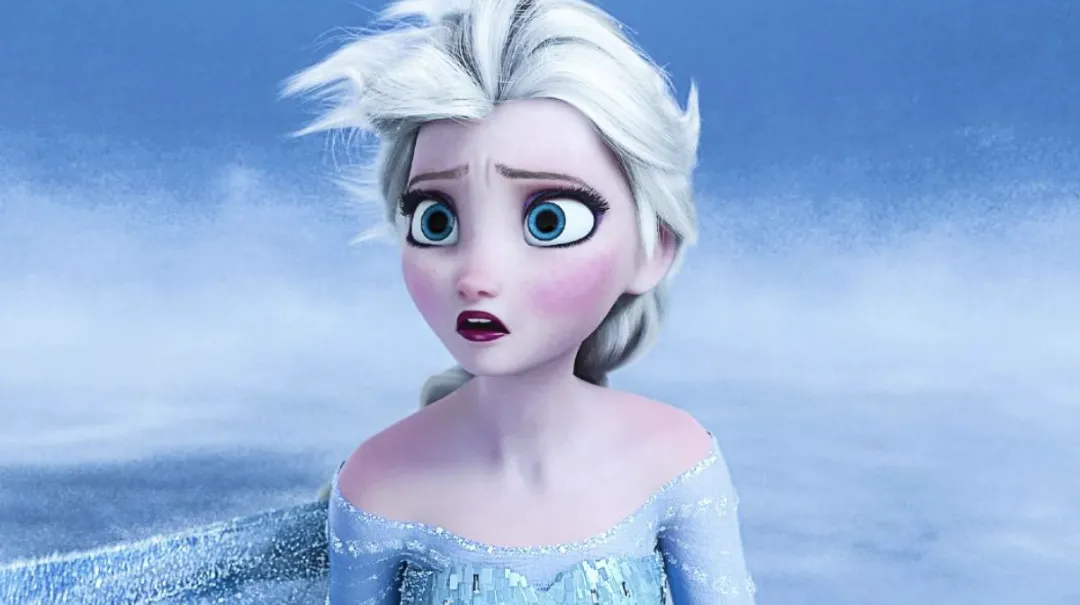
It's not just the era that shaped Disney; it might have been a significant catalyst. However, Disney’s core culture is arguably the driving force behind the company’s growth—bringing joy to people. I believe that regardless of the era, people always crave happiness, and that’s a lesson imparted by Disney University to its employees. Even though Disney has a history spanning over a century, the company has faced numerous challenges amidst changes in leadership and evolving times. While World War II created opportunities for Disney, it also inflicted hardships on Walt Disney and his company. As the war broke out, the U.S. government demanded Disney’s assistance in wartime propaganda, including creating emotionally charged propaganda films and training videos for the military. Moreover, the market was flooded with patriotic cinema, leading to Disney’s animated movies being overlooked.
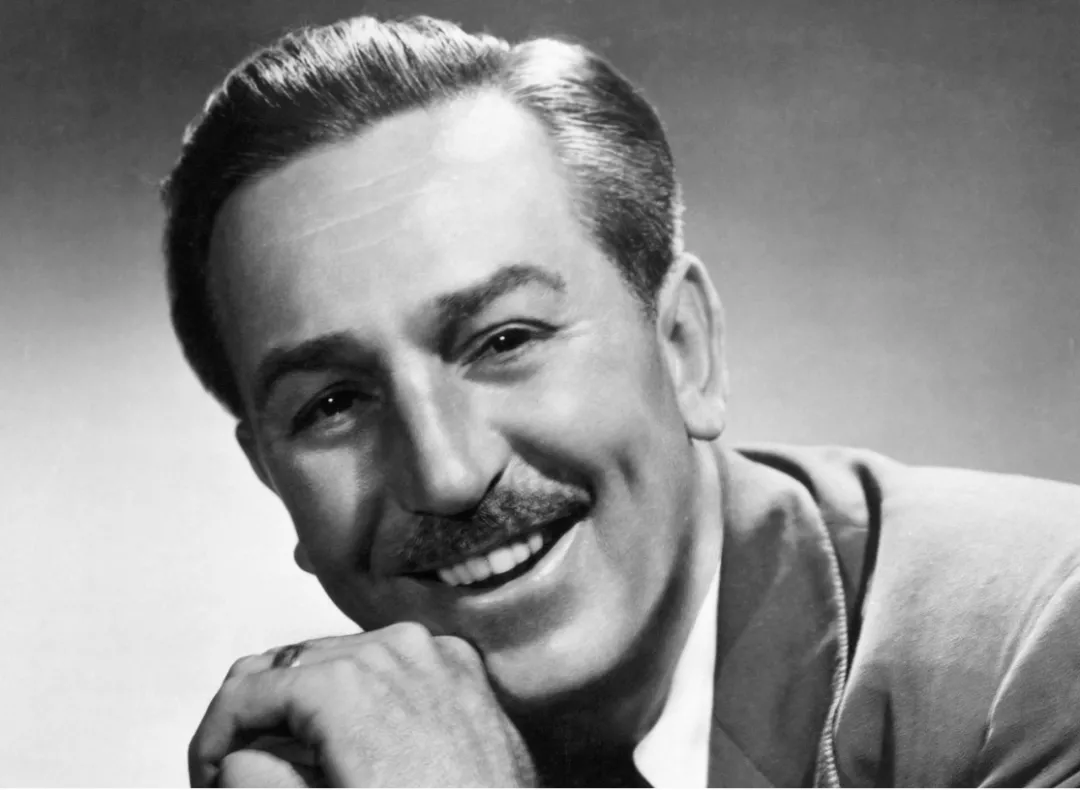
In addition, Walt Disney himself suffered physically and mentally due to overwork. Doctors advised him to proactively address these issues, such as finding a new source of enjoyment. This advice rekindled a long-held plan in Walt’s mind – the idea of building a theme park. Although the concept was brilliant, its execution proved to be highly challenging. Establishing a theme park required significant funding and human resources, and Walt needed to gain experience in the amusement industry. Even his family suggested he abandon the idea, telling him to focus on his current work. Observers were skeptical, as the amusement park industry declined during World War II. After the war, people’s interests shifted, and the appeal of theme parks might have been lower. However, Walt saw it as an opportunity. He realized that many visitors to Hollywood hoped to see celebrities, but they often left disappointed. This further strengthened his resolve to create a theme park.
The process of building Walt's dream park was dramatic to say the least. He poached talent from his own Disney Studios, sought an economist to choose the site, and even sold some of the rights to broadcast Disney's animated films to American television networks in exchange for funds while making them shareholders of Disney's theme park company, WED. Thus, with all critical elements in place, a year later, Disney's first theme park - Disneyland - was born. The creation of this theme park laid a solid foundation for Disney's future journey to becoming a media and entertainment giant.
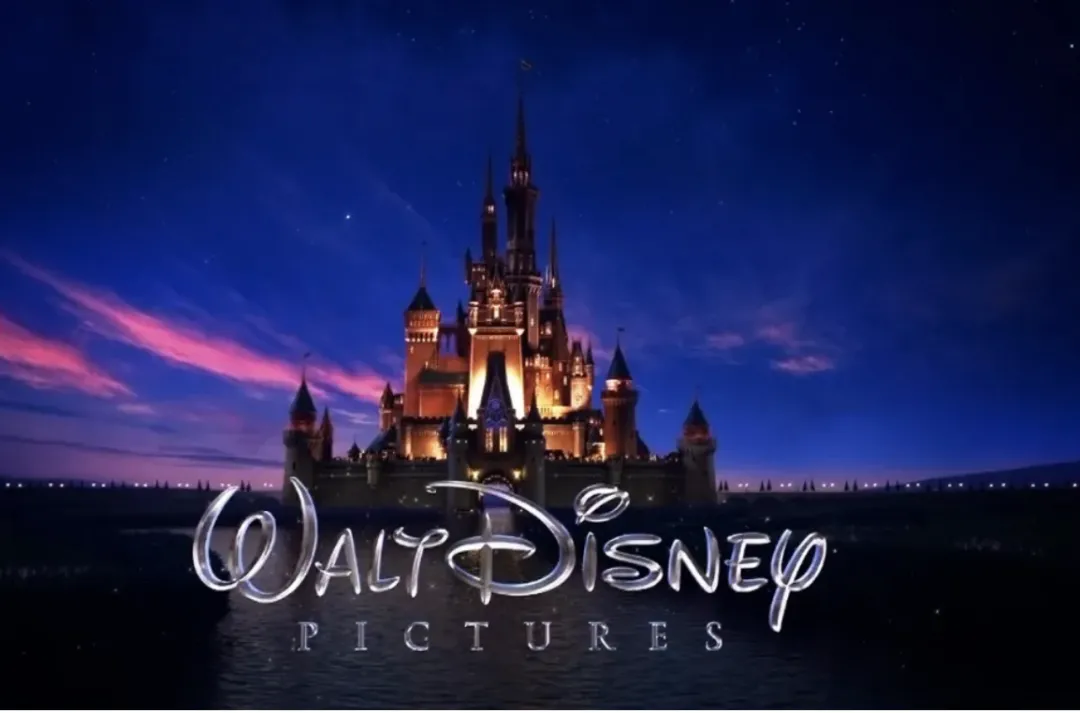
Everything proceeded according to Walt's plan, extending beyond Disney's usual scope. He even dreamed of creating a "prototype community of tomorrow." Unfortunately, this plan would remain forever unfinished and become part of history, as Walt passed away in 1966. In the face of Walt's sudden death, Disney was in turmoil, losing its guiding light and falling into confusion and darkness. Despite the efforts of family members who took turns at the helm, Disney struggled to escape its predicament. In the following years, Disney faced a series of crises, with rapid changes in the era leaving little room for contemplation.
As the old gave way to the new, Disney welcomed an outsider as its leader after Walt's passing - Michael Eisner. However, during Eisner's more than a decade-long tenure, he should have paid more attention to the very essence of Disney, its intellectual property (IP) content. Due to Eisner's arrogance, Disney's partnership with Pixar, which had produced a series of beloved films, was shattered for nearly a decade. During this time, a wave of talented animation department employees left Disney. Similarly, Eisner's lack of emphasis on creative content led to the second-largest source of Disney's income, the film distribution revenue of Disney's animated films, languishing below global growth rates from 2000 to 2003. To make up for the mistakes of his predecessor, Eisner immediately launched his "acquisition strategy."
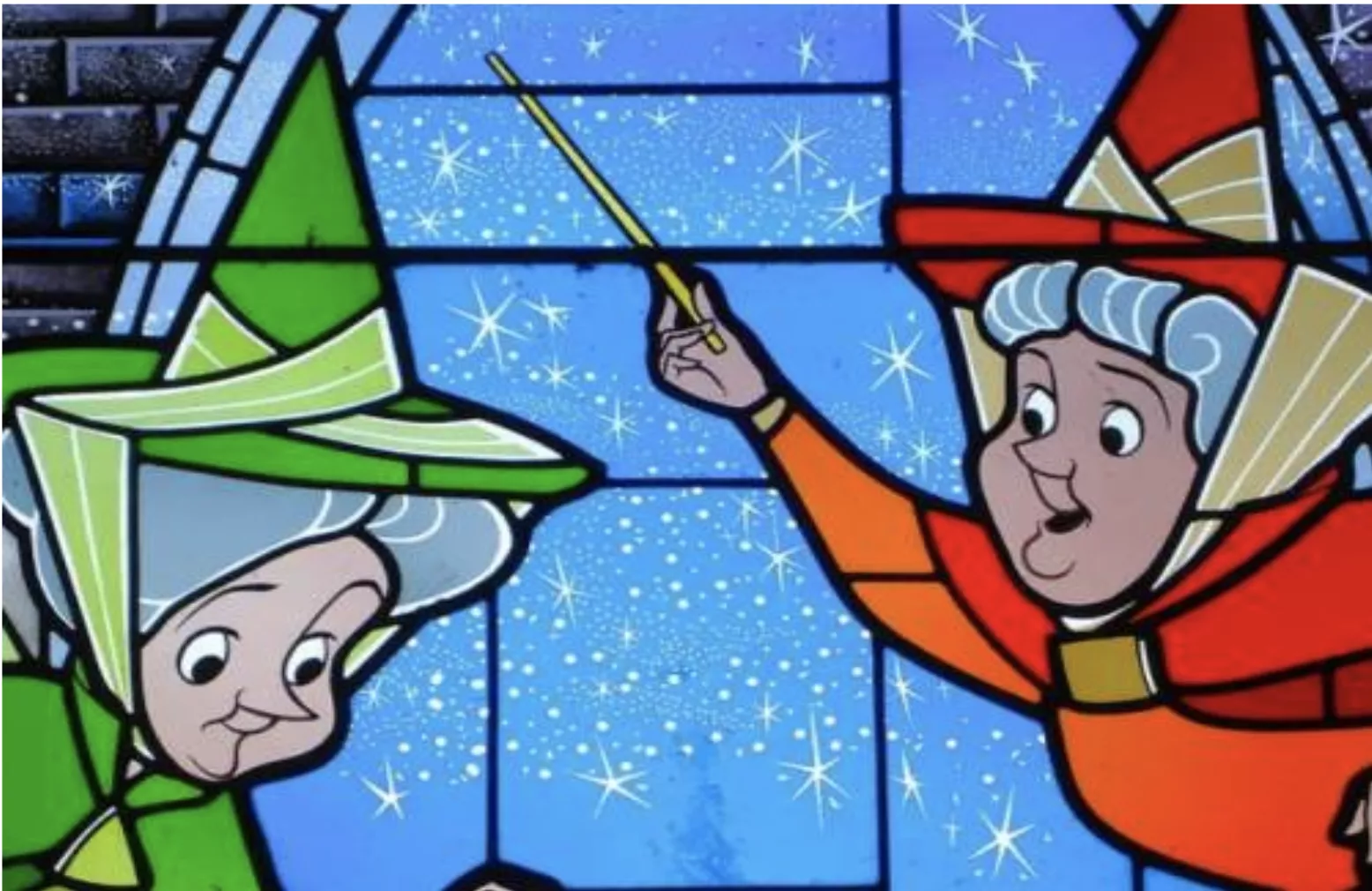
If we summarize Eisner's management during his tenure, it could be broken down into three key aspects: strengthening the brand, introducing technology, and globalization. This approach entailed organizational innovation and optimization, reducing decision-making bureaucracy, eliminating the strategic planning department, and enhancing talent development to boost the company's soft power.
Disney's Remarkable Powers in the World of Intellectual Property
From Walt Disney to Bob Iger, Disney's collection of intellectual properties (IPs) has grown visibly, making it an enduring wellspring of wealth. This treasure chest includes many beloved and iconic IPs. Disney's future looks incredibly bright with proper management and no unforeseen setbacks. To Disney's shareholders, this company is indeed a gold mine. Disney's well-known and well-loved IPs have continuously expanded their revenue streams, making almost any venture a surefire success when backed by these IPs. Now, let's explore how Disney works its magic with IPs and, more importantly, how they turn this into cold hard cash.
Under Bob Iger's leadership, Disney's business divisions are now divided into four main categories: Theme Parks and Consumer Products, including resorts and hotels; Studio Entertainment; Cable Networks; and Streaming (the latest addition). Let's focus on what's bringing in the big bucks - Theme Parks and Studio Entertainment. These two divisions were Disney's first and foremost money-making avenues. Their success is rooted in a simple but powerful concept:

Starting with an IP as the core, Disney swiftly churns out high-quality animations and films. Then, they engage in interactive marketing, follow up with merchandise development, open retail stores, and launch theme parks, all of which guarantee a steady, long-term revenue flow from the IP. At the same time, loyal fan communities experience a more authentic and detailed connection with the IP by purchasing related merchandise. Disney's creative teams can continually refine IP designs and theme concepts through data feedback loops from retail sales and theme visits, ensuring a constant influx of fresh content.
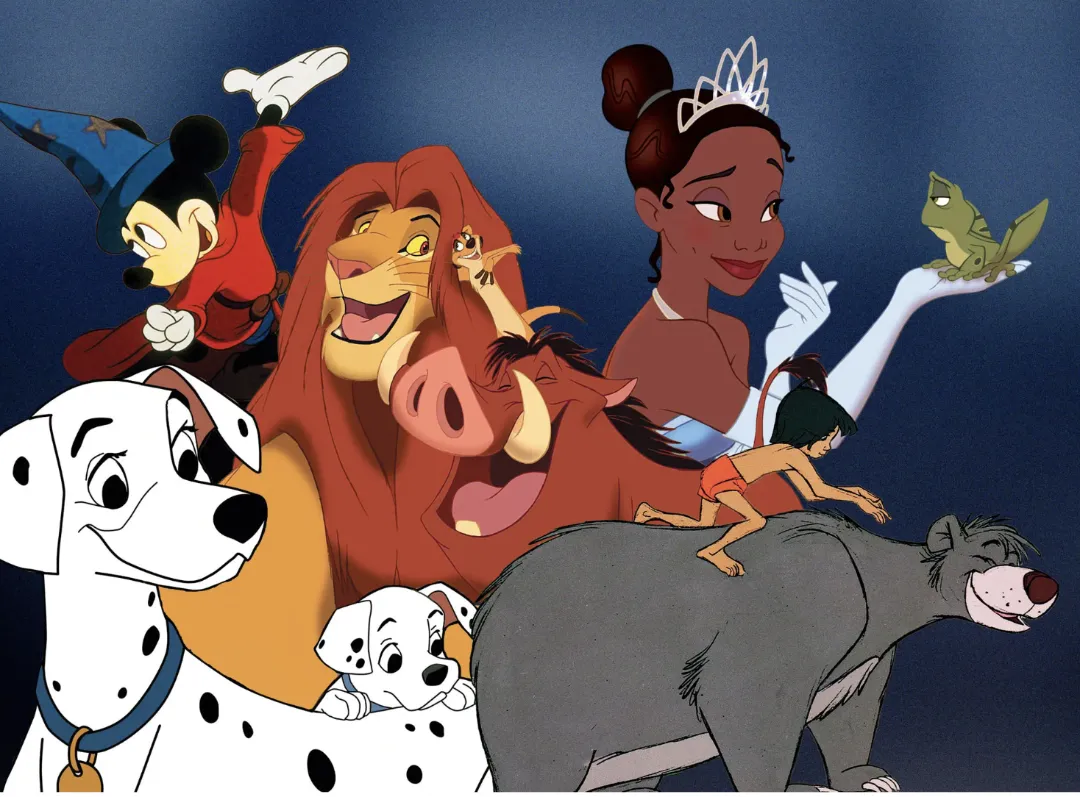
The underlying strategy is evident: it's about creating a full-fledged industry around an IP.
This approach allows Disney to maximize its assets and extract every possible ounce of value. Every time Disney releases a new film, it adds characters to Disney theme parks. For instance, when "Frozen" became a sensation in 2013, Disney introduced Frozen-themed attractions in various Disney parks. These elements had a profound impact on park attendance. Simultaneously, Disney released related merchandise, video games, soundtracks, and Broadway stage productions, creating a comprehensive monetization web.
However, Disney understands that fan loyalty has its limits. Fans can quickly lose interest without consistently capturing the essence of a beloved IP and introducing fresh elements and stories. This is why franchise series have become the lifeblood of today's movie industry with their string of popular film sequels. Disney's animated IPs, such as "Snow White and the Seven Dwarfs" and later "Frozen," are particularly valuable because animated characters don't ask for higher salaries when it's time to create sequels.
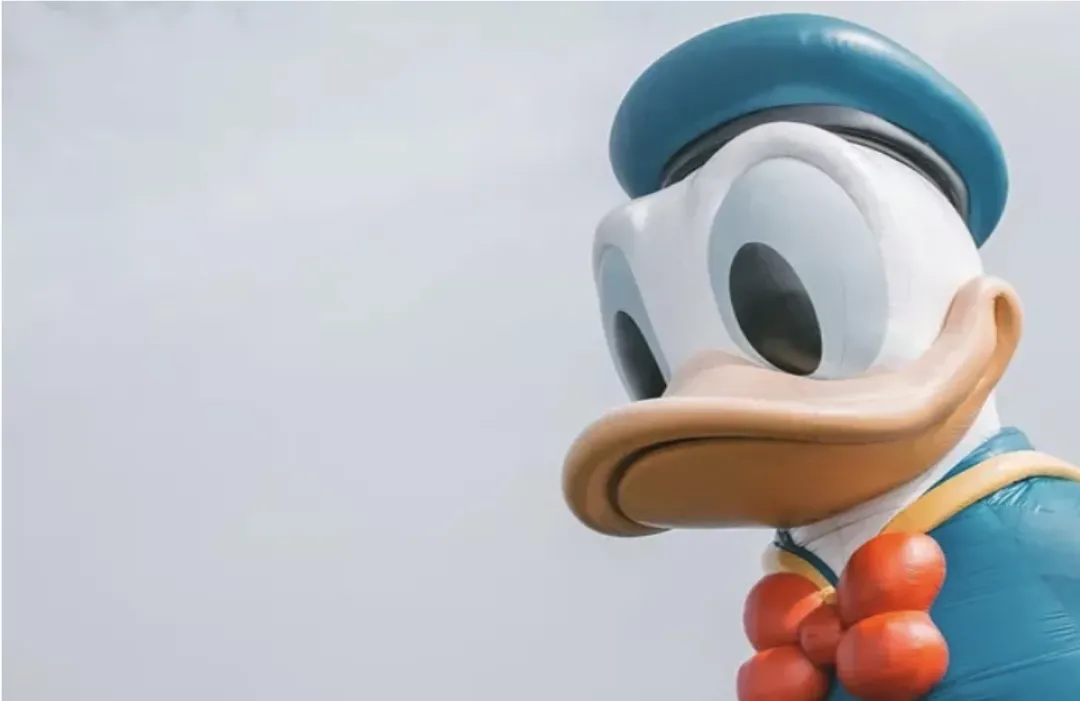
In this context, the increasing preference for virtual IPs is also worth noting. This is partly due to the mounting controversies involving real-life celebrities. Audiences are finding solace in animated characters. These characters are not only emotionally engaging but also cute and entertaining. For instance, characters like Linabell(the latest character under Duffy and Friends), a recent sensation that swept across much of Asia, embody Disney's core mission of bringing joy and healing. Linabell interacts with fans at the theme park, creating a genuine emotional connection.
Unlike traditional IPs, Linabell and others introduced by Disney aren't launched through the typical route of film and television. Instead, they make their debut directly in Disney theme parks. This unconventional approach represents a creative innovation by Disney. The magic of Disney is that, regardless of the revenue stream, fans always seem to enjoy their content.
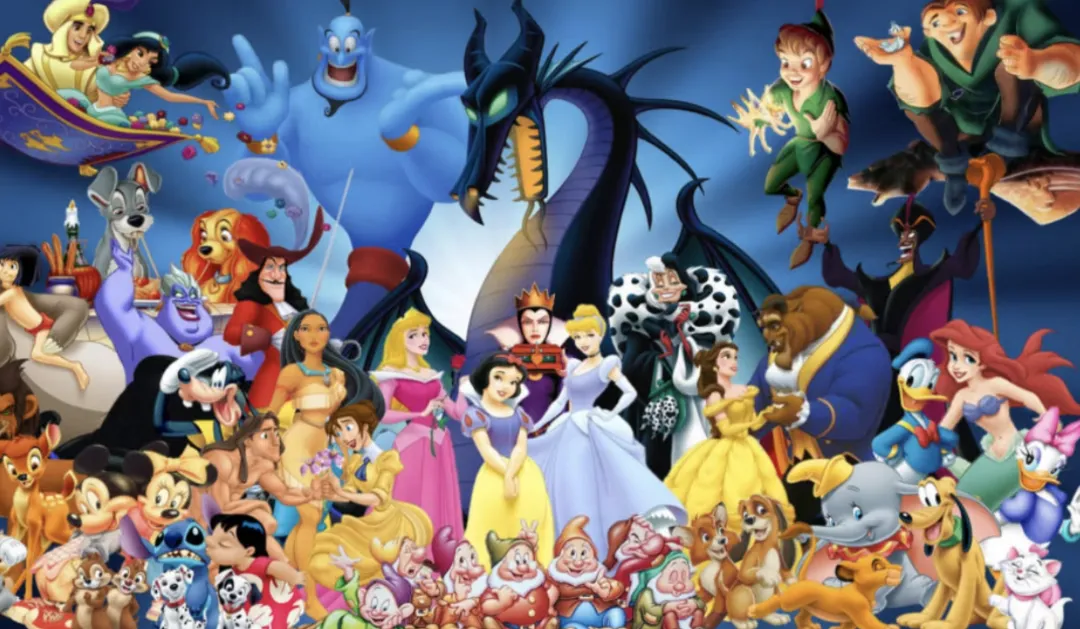
The key to Disney's success can be attributed to several factors:
1. Disney's commitment to creating high-quality content: Whether it's "Zootopia," which took five years to produce after 18 months of researching animal behavior, or any other Disney production, quality is paramount.
2. Disney's mastery of emotional marketing: Disney's core fans have an almost irresistible connection to Disney's IPs. These IPs have a timeless appeal that resonates with fans in any era or context.
3. Disney has been focused on delivering joy from the beginning: In times of war or economic downturn, Disney has provided uplifting and amusing animated characters, offering entertainment to people during difficult times. This straightforward and unpretentious marketing approach strikes a chord with audiences.
4. Disney's success ultimately boils down to one core principle: it all starts with IPs. However, future leadership changes could impact Disney if leaders fail to recognize the actual value of IPs. Nevertheless, as of now, Disney's strength lies in its IPs, which are significant assets. In contrast, some companies face restrictions due to IP contracts because the IPs are not entirely their own.
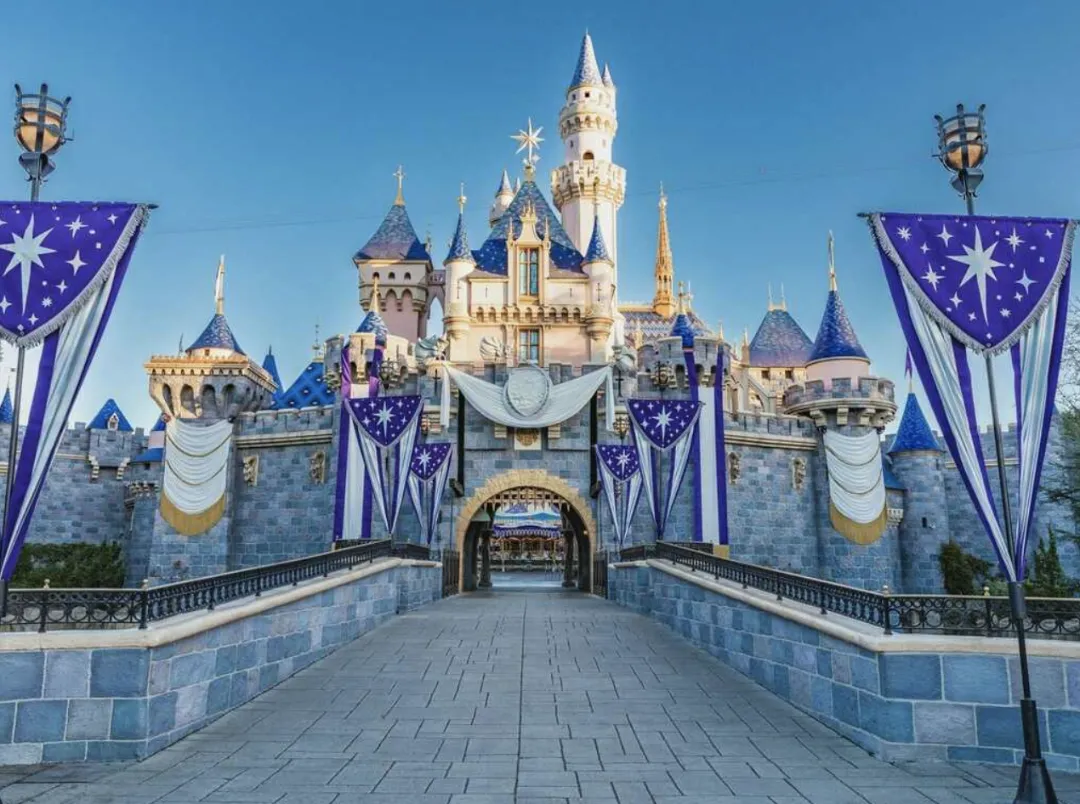
Disney's forward-thinking strategies and innovative culture, initiated during Walt Disney's era, continue to thrive within Disney's corporate culture. Disney excels in adapting to evolving trends, responding to user preferences, and taking advantage of technological changes. Disney's coverage spans the entire entertainment ecosystem, from content creation to distribution.
Although this company has been around for nearly a century, its vitality is still growing. For instance, streaming is Disney's new frontier. With leaders like Iger and Chapek paving the way and acquiring assets like Hulu during the Fox acquisition, Disney is strategically positioned for the ever-evolving landscape. As traditional distribution channels face disruption and people visit cinemas less frequently, Disney's vast portfolio of IPs gives it a significant advantage. Disney's future remains bright, with countless IPs at its disposal.








Share your thoughts!
Be the first to start the conversation.